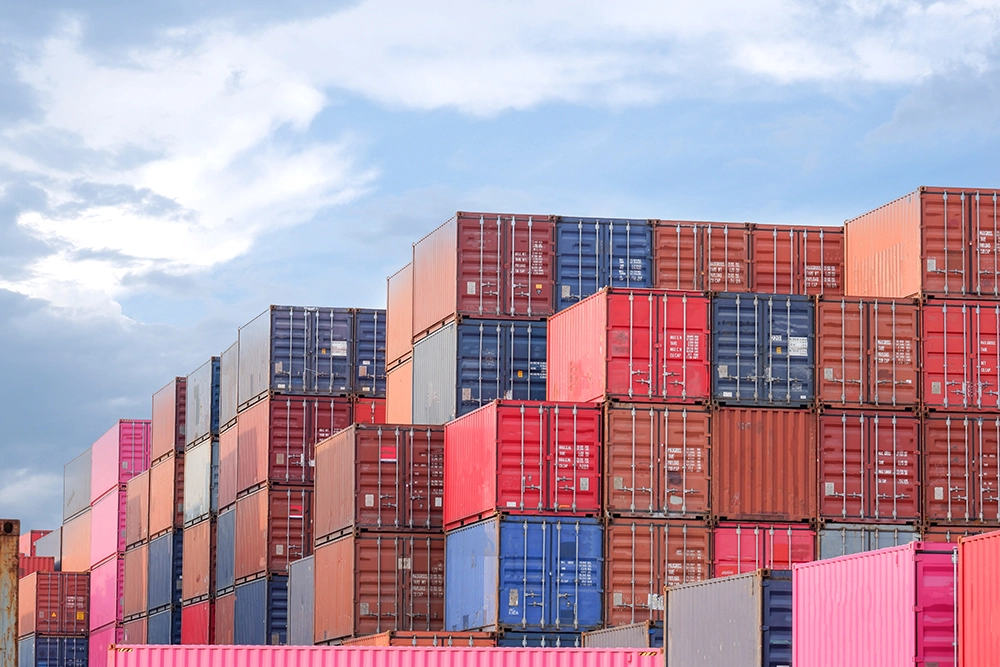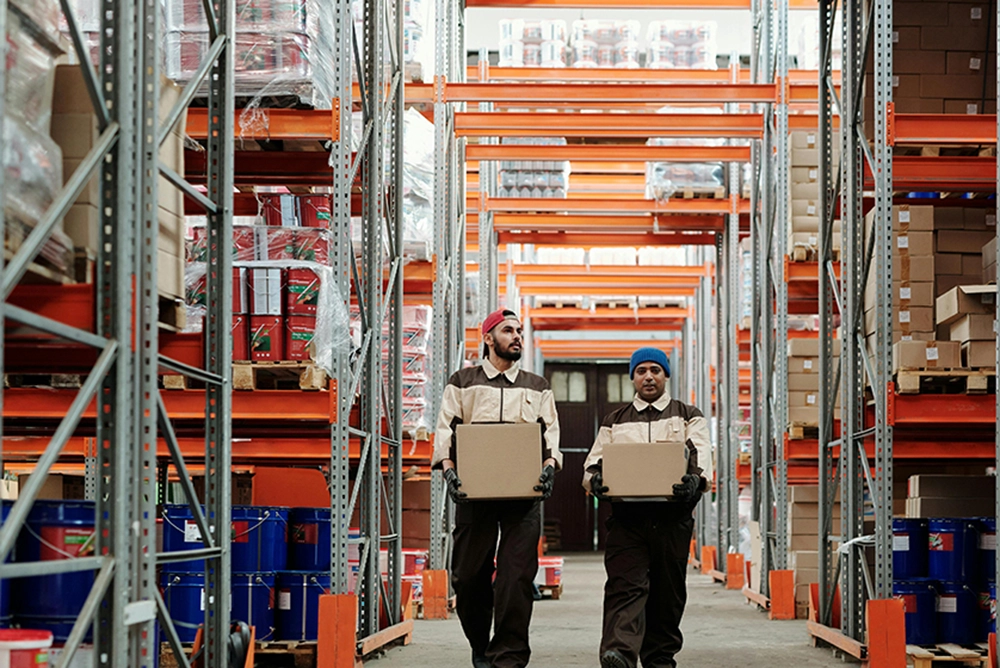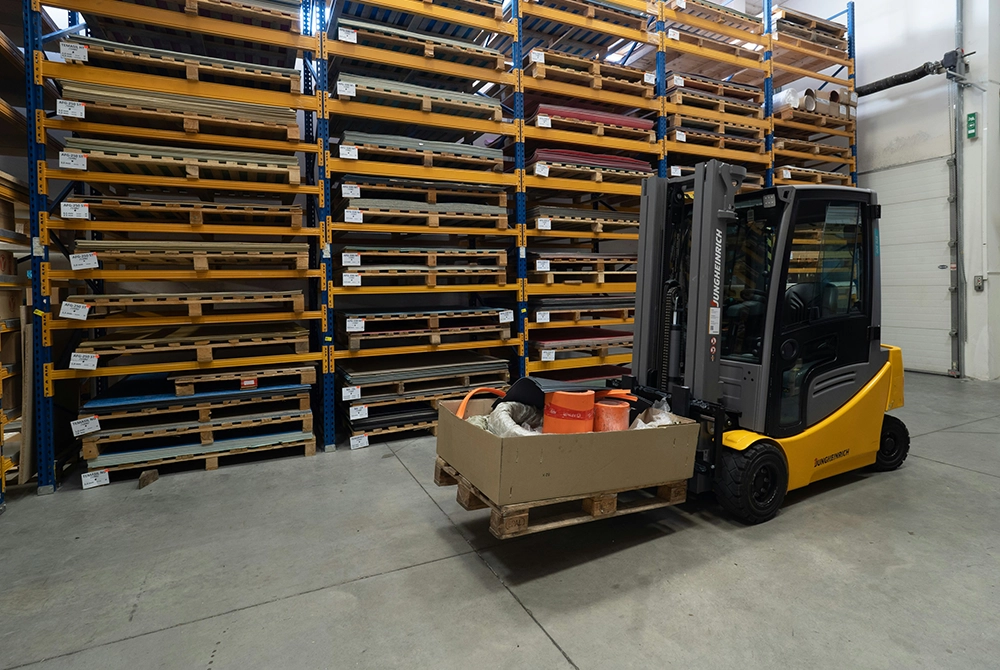How Tariffs Affect Warehouses?
Tariffs are a buzz word right now. Anyone working in the supply chain is hearing about or experiencing the effects of tariffs. But it’s important to understand what tariffs are, how they are affecting warehouses and how to build strategies to be stronger.
Tariffs are taxes or duties imposed by a government on imported goods. Nearly every country around the world utilizes tariffs. Tariffs are a tool for supporting domestic industries and protecting national interests.
Tariffs affect the supply chain as a whole including warehouses. Tariff policies affect warehouse operations, costs, and labor.
How Do Rising Import Costs Affect Warehouse Expenses?
Tariffs are a defensive tool to help build a stronger economy and produce more jobs in the country. But the tariffs are having an impact on warehouse costs. As import costs rise, warehouse expenses also increase.
There has been a cost spike in freight and handling imported goods. Some companies are eating the cost of the tariffs others are directing to their customers and rising prices. This creates a decrease in demand.
Demand for bonded warehouses have skyrocketed and is expected to grow from $174 billion to $272 billion by 2032. Bonded warehouses allow space for companies to defer duty payment until products are removed for consumption. Bonded warehouses are now up to 4 times more expensive than standard warehousing.
Many companies are front-loading inventories to beat future duties, especially in times of paused tariffs. This results in surges of space demand and higher rent.
Operations Disrupted: Customs Delays & Supply Volatility
There are also customs delays that are impacting warehouses. Goods held at ports delay warehousing and downstream fulfillment. Delays are not good for warehouse business and can result in unhappy clients and customers.
Supply volatility has increased as well. Warehouse operators are reporting mid season labor shifts due to tariff driven inventory changes. As tariffs target specific countries and goods companies are shifting to source from different places and use different materials. This impacts how and what warehouses store or transport goods.
Supply chain companies are reshoring or rerouting sources. These companies are adapting by rerouting from sourcing from China, SEA, or Mexico to reduce risk.
Can Your Workforce Adapt?
The most important thing to be conscious of during the fluctuating tariffs is what your strategy to adapt is. Warehouses are having to restructure and reconsider how they can adapt to this variable demand.
Warehouses are realizing they underutilized temp labor. Fluctuating inventory means companies either overhire or scramble to fill shifts. Warehouse temp staffing is a way to flex a workforce to meet real time demand.
Warehouses and fulfillment centers are also feeling pipeline pressure. Traditional hiring and temp agencies near you struggle to fill shifts in warehouse labor with the flexibility they need.
Warehouses need flex staffing. On-demand platforms offer better scalability, which gives warehouses the ability to staff their warehouse for their unique demands.
Warehouse job apps help warehouses find warehouse staff while still keeping flexibility and control.
Flexibility Wins: Use On-Demand Platforms to Manage Tariff Pressure
With staffing apps, like Bacon, warehouses can quickly ramp up or down according to demand. Warehouses post shifts on the app to find pickers and packers or any warehouse position.
Workers use the app to pick up warehouse shifts.
With rising costs money is key. With Bacon, warehouses only pay for the workers that work. No expensive temp agency contracts, only pay for the worker you need.
Staffing apps help warehouses find temporary warehouse workers to work in all kinds of positions. Businesses can hire picking and packing workers, forklift drivers, loaders and more through the staffing app.
Conclusion
Tariffs are driving up costs for storage, freight, and labor. But they are a tool that will result in a better economy in the long run. The best warehouses aren’t just focused on surviving and just staffing warehouse shift to shift, they are learning and creating stronger businesses through the tariffs.
Using on demand staffing to find warehouse workers allows for a workforce that can adapt with the variable demand caused by tariffs.
Amid tariffs and uncertain supply flows, your smartest investment is a workforce that bends and not breaks







